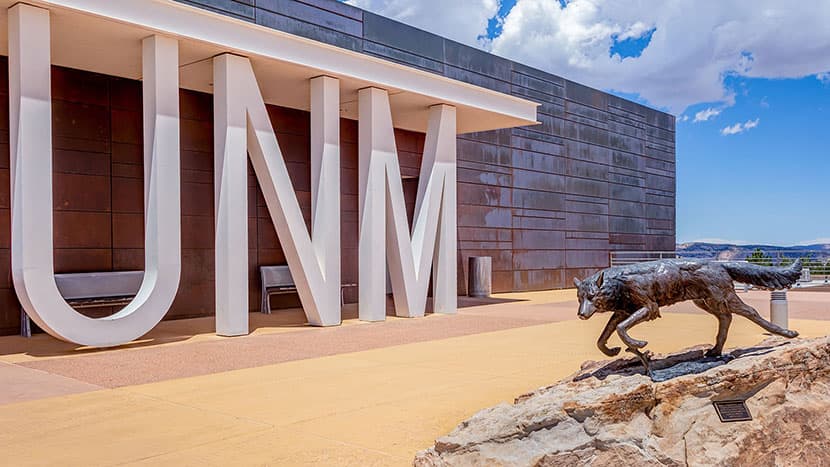Rising College Enrollment Brings Economic Opportunity to McKinley County
New Mexico Higher Education Department data released November 21 showed statewide college enrollment rose for the fourth straight year, adding 4,016 new degree seeking students and bringing total enrollment to 113,991. For McKinley County the trend, including particularly large gains at UNM Gallup, can strengthen pipelines into health care, education and trades, while increasing demand for housing and essential support services.

State education officials released preliminary fall enrollment figures on November 21 that showed broad gains across New Mexico higher education. The Higher Education Department reported 4,016 new degree seeking students this fall, bringing total statewide enrollment to 113,991 students. Enrollment grew 13.6 percent over four years, an increase of 13,727 students since fall 2021. Officials attributed the rise to policy choices aimed at reducing financial barriers to higher education.
The report singled out especially large increases at the University of New Mexico Gallup and Valencia branch campuses, along with growth at Northern New Mexico College. For McKinley County, which hosts UNM Gallup, the numbers represent a local shift with practical economic consequences. Higher enrollment expands the pool of workers in fields where the county faces shortages, particularly in health care, K through 12 education and skilled trades, and it can raise local earnings and long term economic equity if graduates remain in the region.
At the same time, enrollment growth creates immediate pressures on community resources. The state summary noted rising demand for advising, child care, mental health care and transportation, and flagged housing as a growing constraint. In McKinley County the rental market and student housing options will come under increased strain as more students seek affordable places to live while attending college. Local health and social service providers may also face heavier caseloads as new students require mental health supports and family friendly services.
From a market perspective, the increase in degree seeking students translates into a larger future labor supply. That offers employers an opportunity to fill vacancies and invest in local training partnerships, but it also raises the policy challenge of converting enrollment into sustained local employment. Coordination among colleges, county officials, employers and social service agencies will be critical to aligning curricula with local labor demand, ensuring students complete programs and that graduates can access jobs in the county.
Long term, the four year 13.6 percent growth could contribute to improved population health and household incomes if students achieve credentials that lead to stable employment. But those outcomes are not automatic. The state report and local coverage in the Tricity Record emphasized that turning higher attendance into lasting community benefits will require investments in wraparound services and housing, and clearer collaboration between institutions and local policymakers.
For McKinley County residents and leaders, the enrollment surge is both an opportunity and a test. The data point to potential workforce renewal, but realizing those gains will depend on practical steps to support students and integrate them into the local economy.


